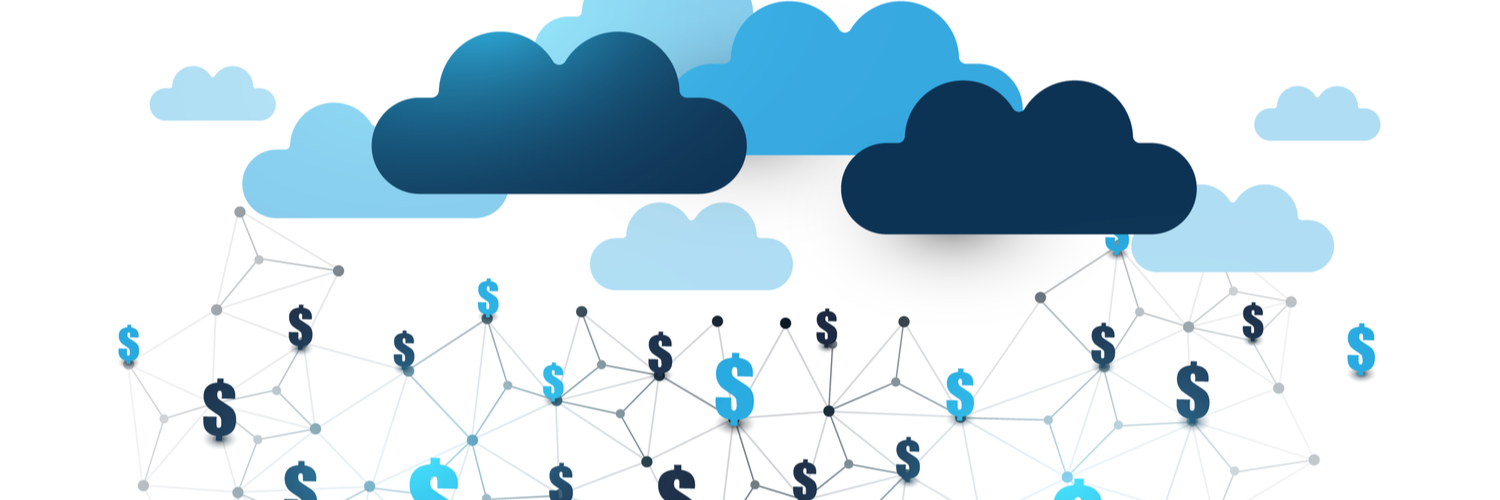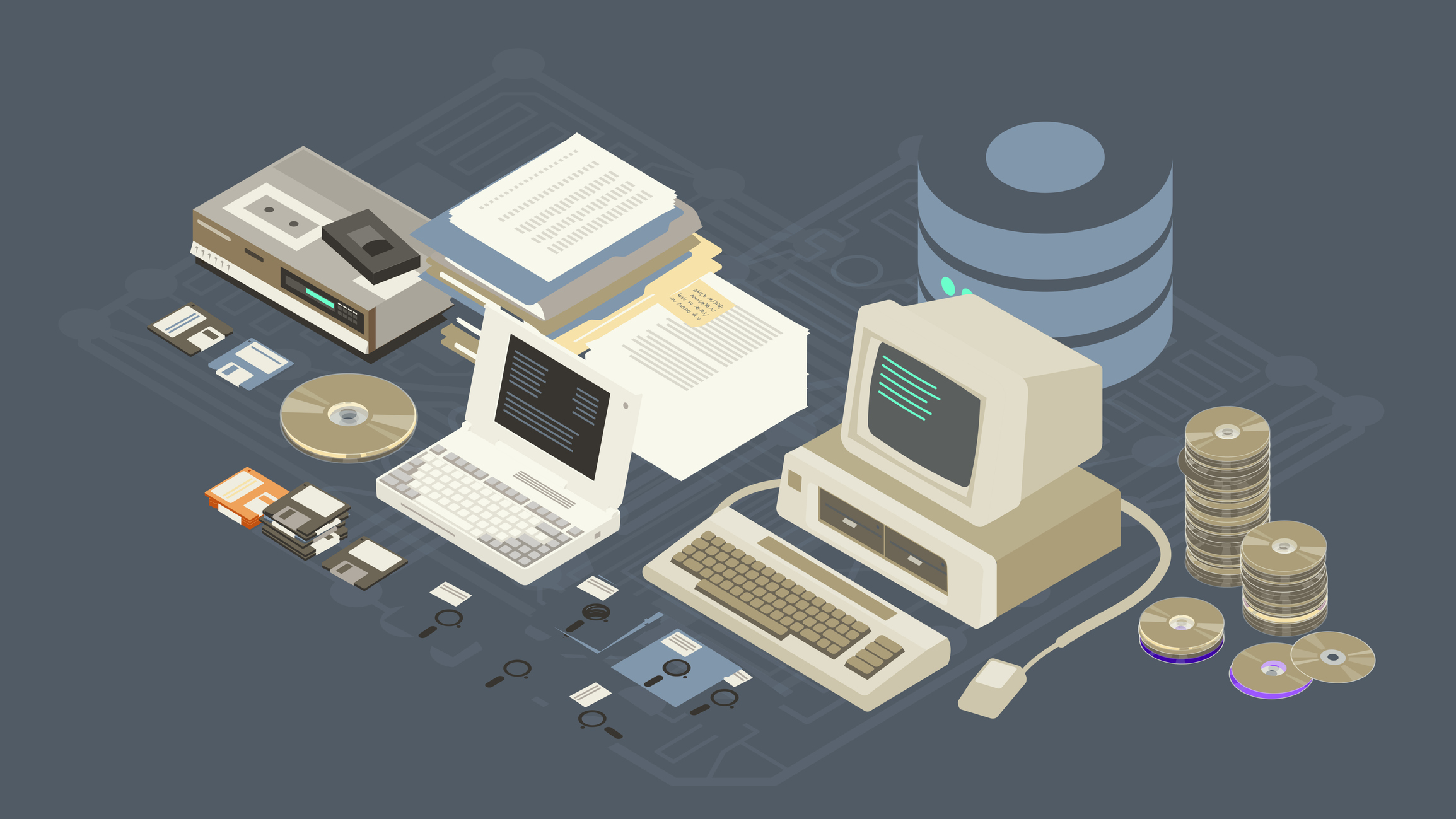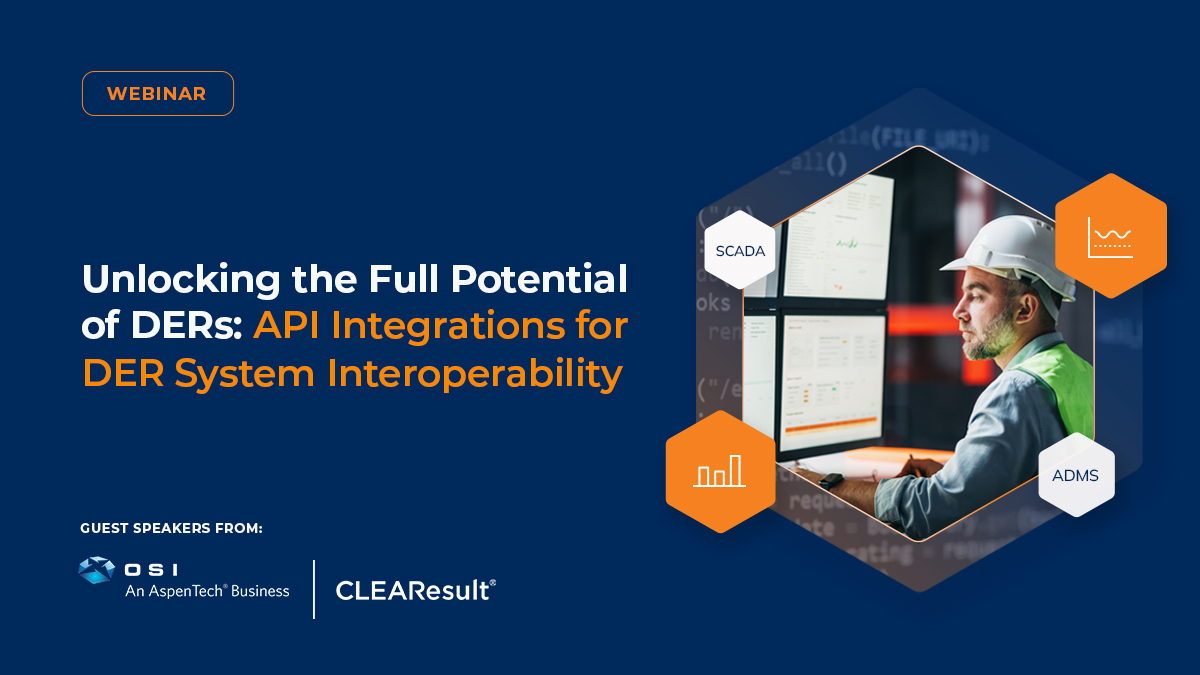In 2023, Southern California Edison (SCE) requested a base revenue requirement of $10.3b by 2025, which is about $.19b or 12% over total 2024 rates. This mirrors a similar 2019 request for $1.9b for grid modernization, a proposition that, at the time, raised questions among utility providers. While these requests are high, upgrading the grid remains a costly proposition that will only increase in expense and complexity the longer it takes for the necessary upgrades crucial to meet our evolving global energy needs. Figures vary by source, further demonstrating the shifting energy and infrastructure needs of the nation. For example, an October 2023 article from Business Insider estimates a cost of over $2.5t by 2035 for grid modernization, while a 2020 Princeton study estimated $2.4t by 2050 to achieve net-zero emissions.
Grid Modernization & High Costs
The cost of grid modernization is driven by many factors, including global decarbonization and electrification initiatives that drive regional regulatory decision-making; the increased adoption of distributed energy resources (DERs), which disrupt the existing paradigm between utilities and customers by ceding power generation to individuals; the increased and erratic and weather and temperature extremes exacerbated by climate change; and from the age of the U.S. electric infrastructure, which was not designed for anything like what we’re experiencing today. While these issues are surmountable, they will require an extraordinary amount of capital to realize. As such, these numbers are understandably sobering to utility providers challenged to meet changing electric needs during the energy transition.
How the Industry Responded Then
The 2019 SCE presented a call to action for many utilities, by illustrating just how costly these investments might run. Still, the sheer cost of the SCE request elicited several questions about how best to address grid modernization. According to Autumn Proudlove, senior manager of policy research for N.C. Clean Energy Technology Center, “There is wide agreement on the need for investment, but the high price tag makes it necessary to carefully prioritize investments.”
Here, Proudlove is interrogating the controversy around “obscene expenses” in an effort that will hopefully lead to more clarity and reduced costs to modernize the grid. Since then, legislation like the Inflation Reduction Act and Bipartisan Infrastructure Law has led to significant national investments in grid modernization. In fact, the Biden administration committed $3.5b in new investments toward grid modernization in 2023, which provides opportunities for utilities to expand renewable energy, strengthen physical infrastructure to withstand increased extreme weather events, integrate battery storage and EV/EV managed charging solutions, and develop more microgrids to improve grid resiliency.
DERs, Non-Wires Alternatives, & Load Shifting
Because of the huge investments proposed at investor-owned utilities (IOUs) throughout the US, the perception that there are limited options to answer this “billion-dollar question” of grid modernization hinders the advancement of smaller-scale distributed energy resources as viable non-wires alternatives. These costs are understandably challenging to risk-averse utility operations, and though necessary, can be mitigated through careful load-shifting strategies. Let’s look at a few of these non-wires alternatives that can help utilities defray high energy costs while enhancing energy efficiency and security during the energy transition.
Conservation: Demand Response & EV Managed Charging
Perhaps the most popular and time-tested demand flexibility initiative, demand response is, as the name suggests, a direct and immediate response to community energy needs. A device control strategy, demand response utilizes distributed energy resource management systems (DERMS) to aggregate demand through concerted load-shifting efforts. For example, on hot, energy-intensive days, utility program managers may run a demand response program to minimize usage during peak periods of energy consumption. Similarly, EV managed charging initiatives apply a comparable approach by limiting EV charging to off-peak periods of usage to better conserve energy when it is the most expensive.
Reciprocal Charging
Another approach to mitigating the high costs of grid modernization is to deploy reciprocal charging tactics like V2G charging or battery programs. V2G charging is a bi-directional strategy that can pull otherwise ambient energy from stationary EVs, replenishing any energy used at off-peak hours. Battery programs mirror this by aggregating energy from various energy storage devices for use in the grid while allowing them to recharge at off-peak, cheaper hours.
Virtual Power Plants
Although not quite a non-wires alternative, virtual power plants have moved well beyond a buzzword to having a real-world application. Virtual power plants (VPPs) aggregate communally generated energy from solar, battery, and more to redistribute to the grid during peak periods of usage. Conversely, VPPs can serve as predictable demand control by applying this same concept of aggregation across a broader service territory for a larger pool of conserved energy that can be load-shifted accordingly. Virtual power plant technologies have already proven valuable as a grid modernization tool, including the current and ongoing project in Puerto Rico to develop a national virtual power plant in response to the increased occurrence of extreme weather events that have plagued the country in recent years.
Grid Modernization Conclusion
The costs associated with grid modernization are high and only promise to get higher. Still, the cost of inaction is significantly higher for utilities, who may not be able to continue to meet community energy demand without the appropriate infrastructure upgrades. Fortunately, these costs can be spread out over time through the introduction and deployment of various demand flexibility initiatives designed to shift load to off-peak hours, decrease high energy costs, and increase grid resiliency.
This article was originally posted on September 24, 2019 with updates on January 12, 2024.







